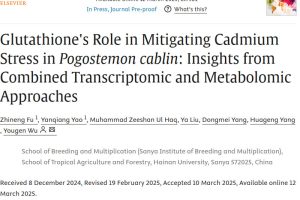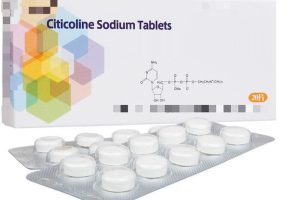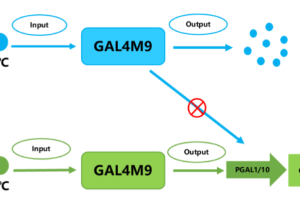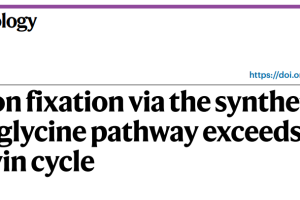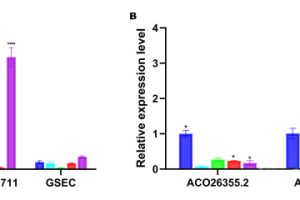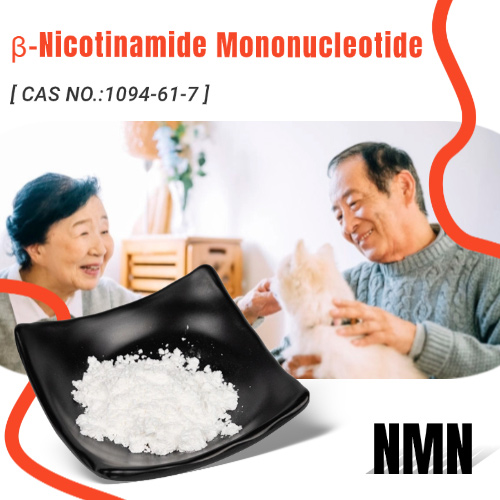Scientists have discovered the relationship between NAD+ and anti-aging, and NAD+ supplements have gradually become the latest generation of anti-aging products sought after by the scientific research community, the rich circle, and the investment community, and have been tracked and reported by world-class scientific research journals such as nature and cell.
According to reports, NASA uses NAD+ supplements to protect astronauts from space radiation and repair DNA, and elite billionaires such as Harvard Medical School professor David Sinclair, Li Ka-shing, and Pan Shiyi have long taken NAD+ supplements for anti-aging and life prolonging.
What is NAD+? Why does it stand out on the anti-aging circuit?
What is NAD+?
NAD+, namely Nicotinamide adenine dinucleotide, is a biological substance that transmits electrons, a key metabolite and oxidizing coenzyme existing in every cell of our body, and plays a crucial role ina variety of physiological processes in the body.
As a coenzyme among many dehydrogenases in the body, NAD+ can connect the tricarboxylic acid cycle and respiratory chain, transfer hydrogen removed during metabolism to flavin protein, and can also accept electrons from other molecules and be reduced;
It reacts with H + to form NADH, which provides electrons as a reducing agent.

The study showed that with the help of sodium ions, the Slc12a8 protein transports niacinamide mononucleotide (NMN) directly into the cell and rapidly acts to produce NAD+.
When NAD+ levels decreased, the cells also increased the expression of the Slc12a8 gene, increasing their ability to transport NMN.
From single-celled organisms such as bacteria to complex multicellular organisms such as primates, NAD+ is one of the most abundant and critical molecules. Without NAD+, we would be on the fast track to death.
Not only does it help convert food into energy, but it also plays a vital role in maintaining DNA integrity and ensuring proper cellular function to protect our bodies from aging and disease.
NAD+ decline leads to aging and disease
With the increase of age, the level of NAD+ in the human body will decrease significantly, resulting in the emergence of various aging symptoms.
Research data show that the level of NAD+ in the human body decreases by 50% every 20 years, and at the age of 40, the level of NAD+ in the human body is only 25% of that in children.
Several scientific studies have shown that low levels of NAD+ have been shown to cause a variety of age-related diseases, including cognitive decline, cancer, metabolic diseases, and sarcopenia (loss of skeletal muscle mass and strength).
In other words, a decline in NAD+ isn’t just a symptom of aging – it causes aging.

During aging, NAD+ levels decline and many enzymes associated with NAD+ degradation and biosynthesis change.
Many cellular processes that affect or are affected by aging – such as metabolic dysfunction, failure of DNA repair, genomic instability, inflammation, cellular aging, and neurodegeneration – are regulated by NAD+ levels.
Decreased levels of NAD+ during aging have been linked to the development and progression of age-related diseases, including atherosclerosis, arthritis, high blood pressure, cognitive decline, diabetes, and cancer.
The core principle behind NAD+ anti-aging
NAD+ can resist aging, what is the principle behind it?
One reason for aging is DNA damage, you have gray hair, the decline of the ovaries and other organs, are related to DNA damage, stay up late under pressure, will aggravate DNA damage.
The study found that NAD+ helped activate the PARP1 gene.
When DNA damage occurs in the human body, PARP1 can respond in the first time, detect DNA damage, lead to chromatin structure decompression through ADP ribosylation of histones, and interact with a variety of DNA repair factors and modify them, so as to improve repair efficiency, and then repair DNA damage and promote the triggering of metabolic transformation.
The researchers also found that DNA damage signaling is essential for maintaining genome integrity and cell integrity.

Poly (ADP-ribose) polymerase 1 (PARP1) is a DNA damage sensor that activates rapidly in a damage dose – and complexity-dependent manner, playing a key role in initial chromatin organization at damage sites and in DNA repair pathway selection.
It can recognize DNA damage and promote DNA repair by recruiting DNA repair mechanisms to the damage site.
In addition to promoting effective repair and thus cell survival, PARP1 has also been shown to affect metabolism and mediate aging and cell death when over-activated.
NAD + can directly and indirectly affect many key cellular functions, including metabolic pathways, DNA repair, chromatin remodeling, cell aging and immune cell function, etc., and participate in many essential enzymes for key cellular functions in the human body, thereby slowing down the human aging process.
How to increase NAD+ levels in the body?
The study found that because the molecular weight of NAD+ is too large, people can not directly ingest it into the cell by oral means.
The common practice is to ingest NAD+ precursors with lower molecular weight and then metabolize them into NAD+ by the body.
Dietary precursors such as NADH, NAMN, NR and NAM can restore NAD+ levels to some extent.
Cellular levels of NAD+ can be increased by stimulating or activating enzymes involved in NAD+ biosynthesis or by inhibiting enzymes that consume or degrade NAD+.
Targeting CD38 and CD157 with small molecule inhibitors may make these commonly used NAD+ precursor metabolites more effective at restoring NAD+ levels in older adults.
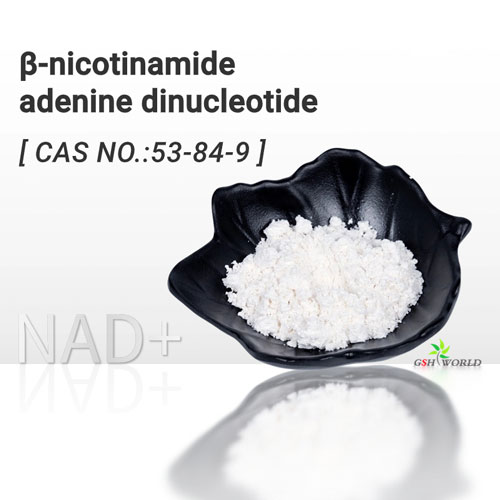
In addition to helping cells in the body synthesize NAD+ by supplementing with NAD+ precursors, some potential strategies to boost NAD+ levels include lifestyle changes such as increasing exercise, reducing calorie intake, eating a healthy diet, and maintaining a good lifestyle by adhering to healthy sleep habits and meal times.
These methods can promote the increase of NAD+ levels in the human body, help improve tissue and organ function, prevent cognitive decline, improve metabolic health, reduce inflammation, help delay aging, and extend potential life span.


